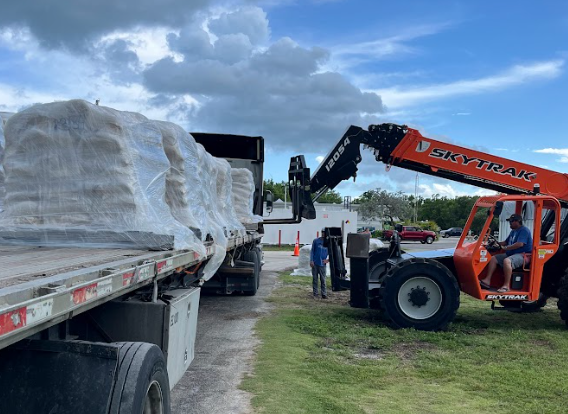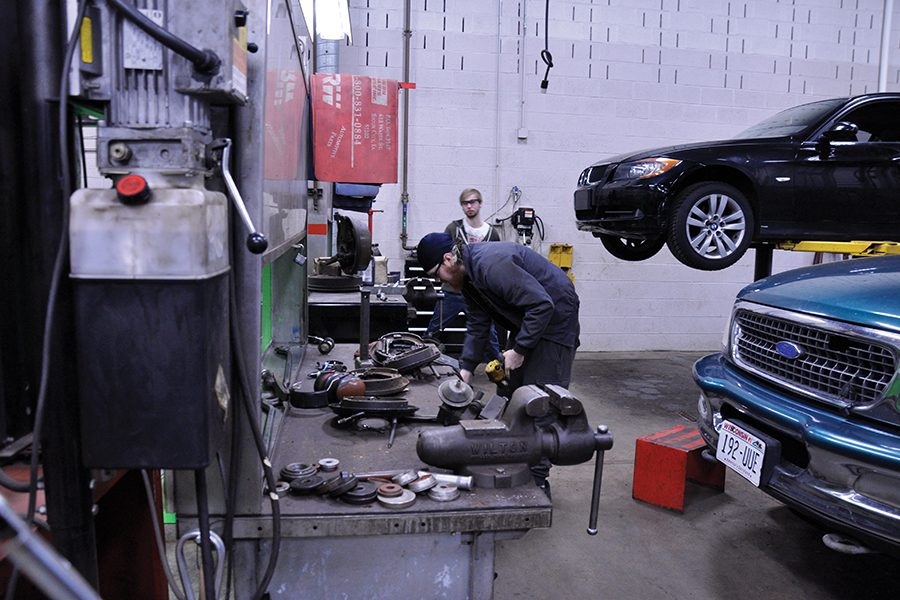One important maintenance action that may greatly improve vehicle performance and safety is brake drum resurfacing. Usually disregarded, this procedure entails returning the brake drum’s surface to its original specs. Understanding the workings of this technique and its advantages helps car owners decide on brake maintenance and safety.
Resurfacing a brake drum:
Essential parts of a vehicle’s braking system, brake drums slow down or stop the wheels by means of friction. Constant usage, decreased efficacy, and perhaps unsafe braking conditions may cause these drums to get worn, deformed, or grooved over time. Resurfacing the drum’s surface allows flaws to be removed and a smooth, level surface for best contact with the brake shoes restored. Maintaining the vehicle’s safety depends on this procedure helping to guarantee that the braking system operates as it should. Choosing the Auto Repair in Essex, MD is essential in this case.
Resurfacing Brake Drums: Advantages
Resurfacing brake drums offers mostly cost-effectiveness as one of their main advantages. Usually a more reasonable option than replacing a damaged brake drum, which may be costly is resurfacing. It lets owners of vehicles maximize the lifetime of their current parts, therefore saving money over time. Resurfaced brake drums also enhance general braking performance by offering a smooth, fresh surface that encourages good friction. Reduced stopping distances and a more sensitive brake feel follow from this.
How the Resurfacing Process Functions
Usually starting with the brake drum taken off the car, the resurfacing procedure starts. Once separated, a qualified technician looks at the drum for any significant damage that would call for replacement. Mounted on a brake lathe, which shaves off material from the surface to provide a precisely uniform texture, the drum is fit for resurfacing. This procedure guarantees structural integrity of the brake drum and maximizes its performance levels. Usually cleaned after machining, the drum is then placed on the vehicle after any required reassembly or adjustment.
Issues of Safety
Although resurfacing may bring brake drums back into a working condition, owners of vehicles should give safety first priority. Only competent experts who check the drum’s thickness to guarantee it satisfies safety criteria should resurfacing be carried out. Should a drum be overly thin after machining, failure becomes more likely, therefore creating a major hazard while driving. Brake drum condition depends on regular inspections and maintenance; so, resurfacing is a quick fix to maintain vehicle safety.
Conclusion
Ultimately, a useful operation with several advantages for vehicle maintenance is brake drum resurfacing. It increases braking performance and safety in addition to extending the life of brake components. Knowing the resurfacing procedure will help drivers who want to keep their cars in perfect condition make better, more efficient maintenance selections that guarantee always top functioning order of their brakes. Timeliness of resurfacing and regular inspections help to avoid expensive repairs and improve general driving safety.





